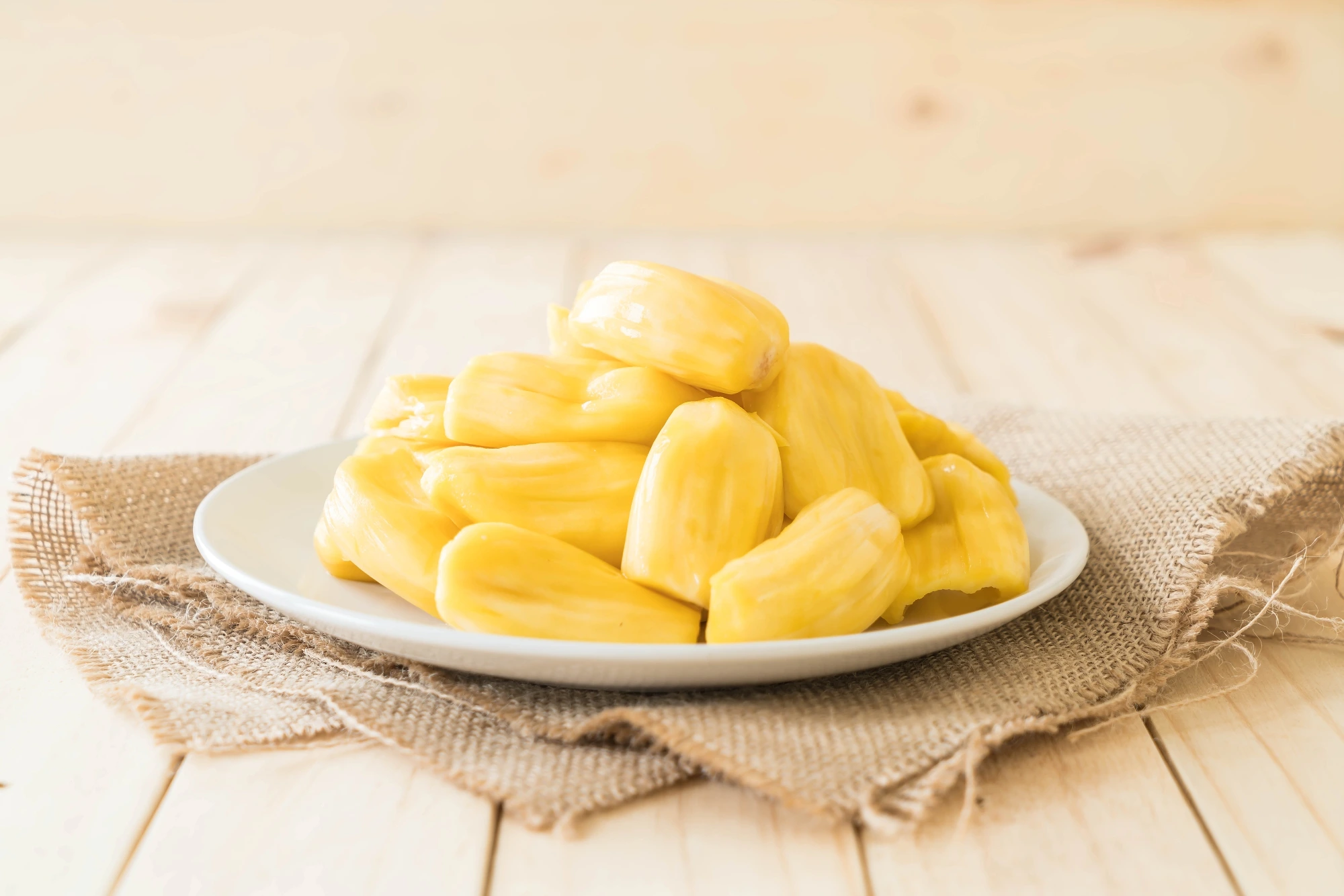 At first glance, many people often mistake cempedak for jackfruit. That’s understandable, since their shape and aroma are quite similar. However, cempedak and jackfruit actually have plenty of differences, in terms of size, texture, taste, and even how they’re prepared. To help you choose correctly next time, let’s take a closer look at the key differences between cempedak and jackfruit!
At first glance, many people often mistake cempedak for jackfruit. That’s understandable, since their shape and aroma are quite similar. However, cempedak and jackfruit actually have plenty of differences, in terms of size, texture, taste, and even how they’re prepared. To help you choose correctly next time, let’s take a closer look at the key differences between cempedak and jackfruit!
1. Shape and Size of the Fruit
The most noticeable difference lies in their size. Jackfruit tends to be much larger, ranging from 30–60 cm in length and weighing up to tens of kilograms. Cempedak, on the other hand, is smaller, about 20–40 cm long and weighing only around 3–6 kilograms.
When it comes to the skin, both fruits are covered in spiky bumps. But jackfruit spikes are denser and harder, while cempedak has fewer, softer spikes.
2. Color and Texture of the Flesh
Cempedak flesh is softer and slightly fibrous, sometimes even sticky. Its color ranges from deep yellow to orange with a very strong aroma. Jackfruit flesh, however, is firmer, drier, pale yellow, and has a lighter fragrance.
Because of its texture, cempedak is often turned into fritters or sweet treats, while jackfruit is more commonly used for fruit cocktails, kolak (a sweet Indonesian dessert with coconut milk), or eaten fresh.
3. Flavor
When it comes to taste, jackfruit is sweet and refreshing, perfect for eating as is. Cempedak, however, has a richer, creamier, and more intense flavor that’s often compared to durian. For those who aren’t used to it, cempedak may taste overwhelming.
4. Seeds
Cempedak seeds are generally smaller than jackfruit seeds. Both, however, can be boiled or fried to make a nutritious snack rich in carbohydrates and plant-based protein.
5. Culinary Uses
Young jackfruit is often cooked into savory dishes like gudeg, curries, or stews, since its firm texture absorbs spices well. Cempedak, when unripe, is rarely used for savory dishes, it’s more commonly enjoyed when ripe.
Ripe cempedak is especially popular when fried in batter, producing a sweet snack with a distinct aroma. Meanwhile, ripe jackfruit is more often used as a dessert topping or simply eaten fresh.
6. Nutritional Content
Both jackfruit and cempedak are rich in vitamin C, vitamin A, and dietary fiber. The main difference is that jackfruit contains more water, making it more refreshing, while cempedak has a naturally creamy taste due to its slightly higher fat content.
Read more: Trendy Es Teler Toppings You Need to Try at Home
Make These Tropical Fruits Even Tastier with FiberCreme!
Now that you know the differences between cempedak and jackfruit, you’ll never get them mixed up again when shopping at the market. Both are delicious, it just depends on what kind of dish you’re planning to make.
To make your creations even more special, try combining them with healthier ingredients. For example, when making kolak with jackfruit or cempedak, you can replace coconut milk with FiberCreme. This multifunctional creamer is high in fiber, low in sugar, and contains 0 mg cholesterol, giving your dishes that creamy taste without the guilt.
So, don’t hesitate to use FiberCreme as a healthier coconut milk substitute. That way, you can still enjoy various tasty treats like kolak, stews, or sweet snacks with a better nutritional profile.
Find more healthy recipe inspiration with FiberCreme on Instagram @FiberCreme_TV or the Ellenka YouTube channel!

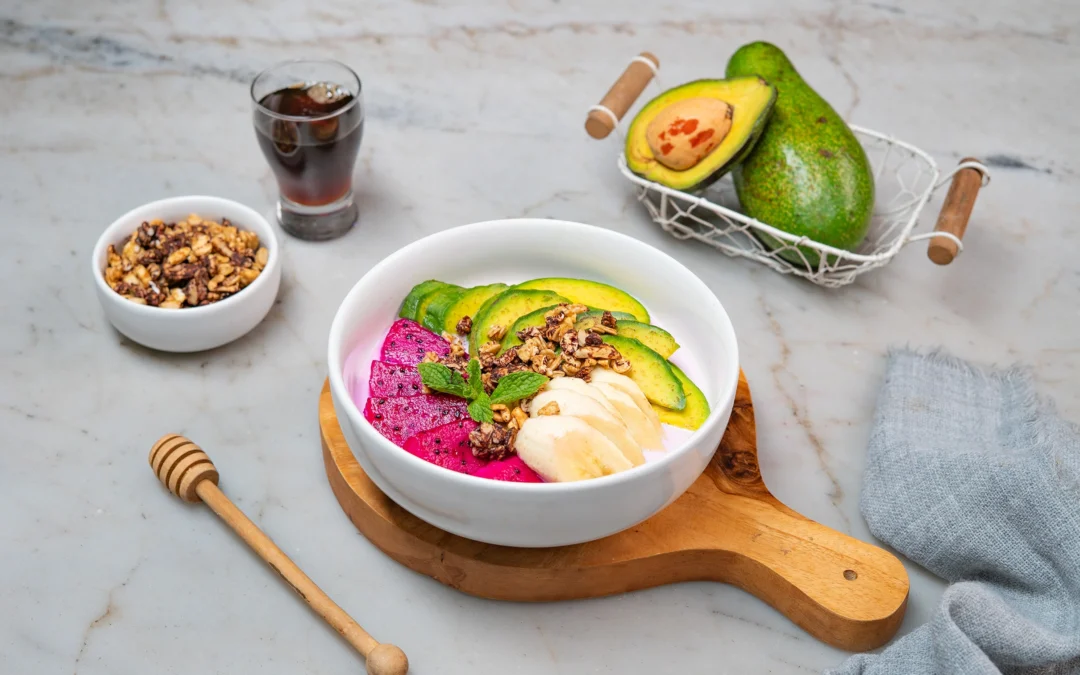

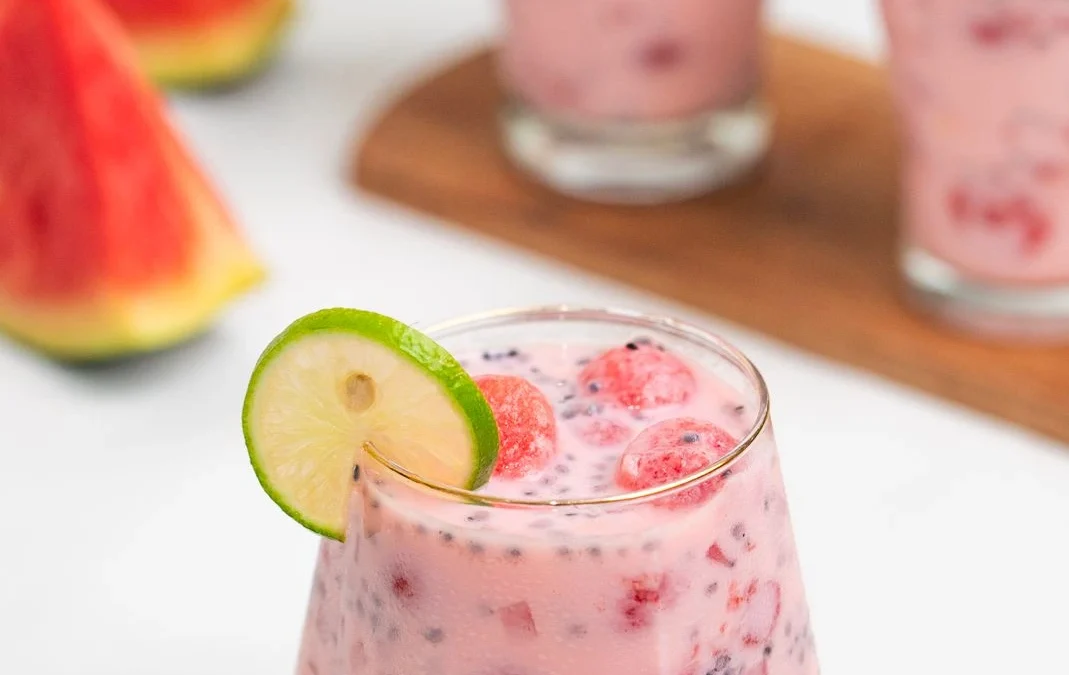
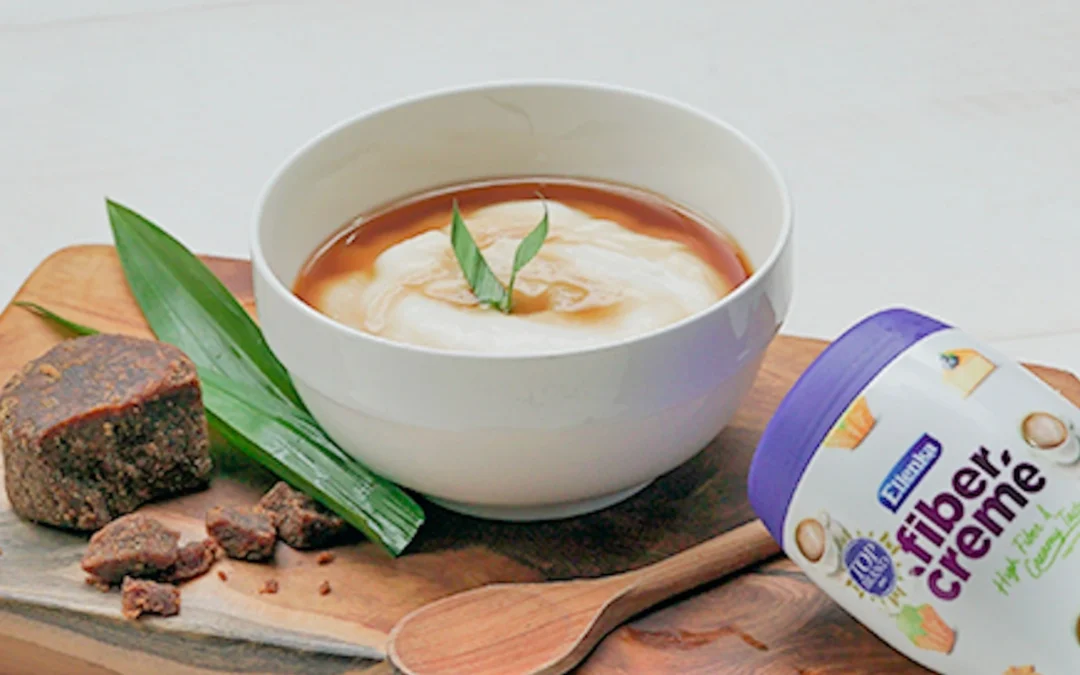
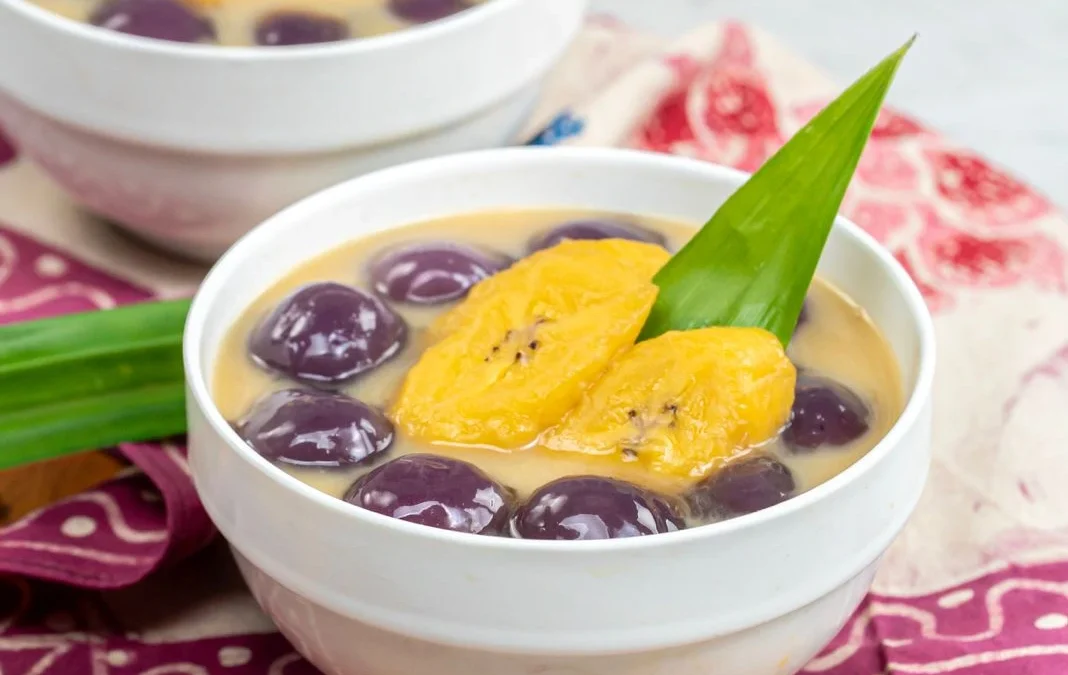
0 Comments